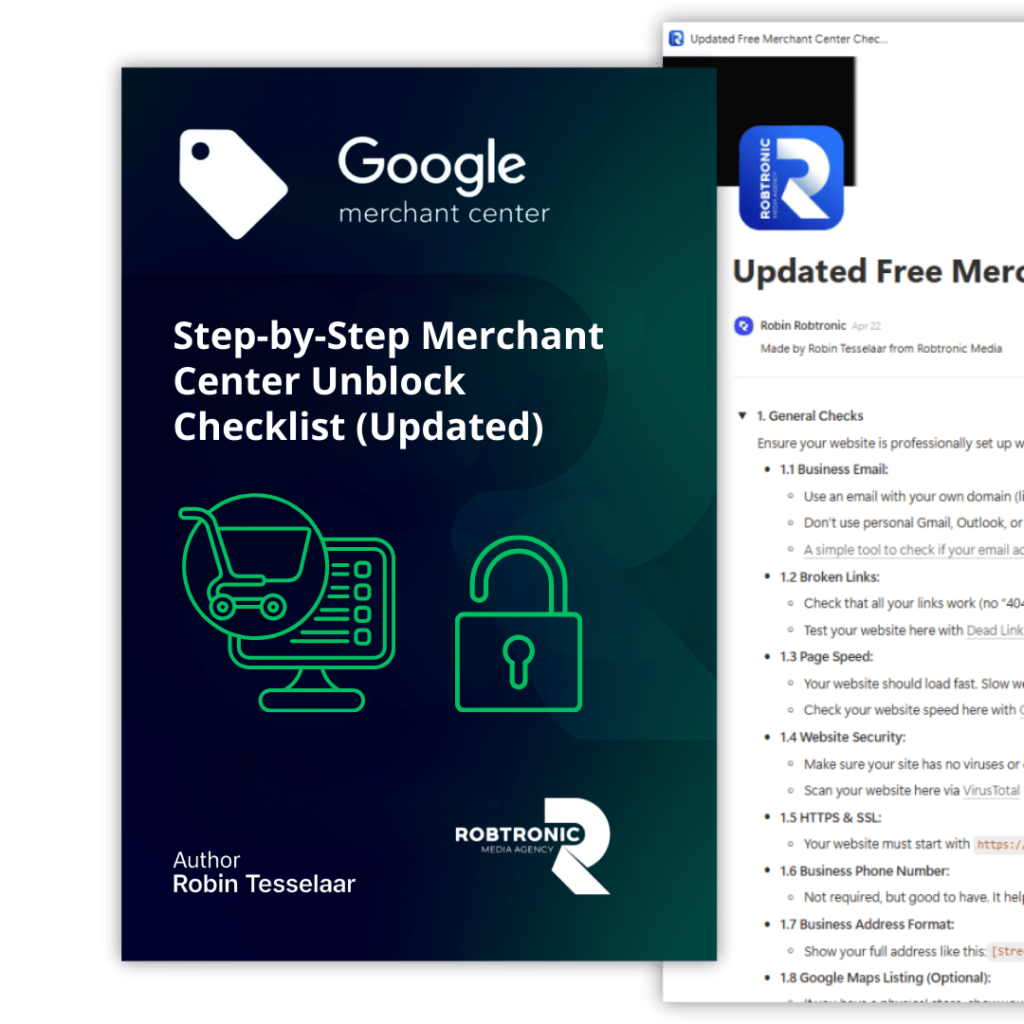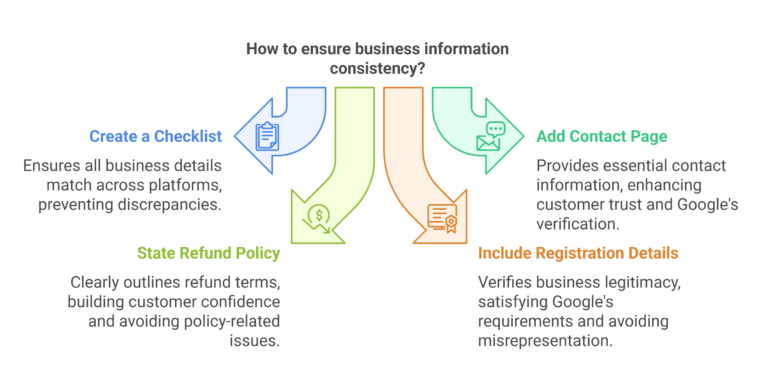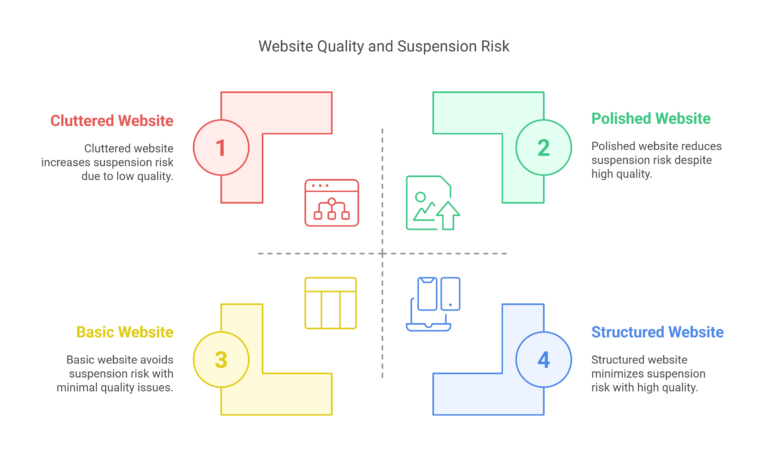Picture starting an online store. You put in time and money. Then, your products disappear from Google Shopping. No warning. Just a suspension notice. That gut-punch moment is all too common among eCommerce entrepreneurs. And in most cases, it comes down to a few avoidable blunders.
Google Merchant Center (GMC) can be a goldmine, but it’s guarded like Fort Knox. After helping more than 300 stores recover from suspension, one thing is clear: the rules are strict, but they can be overcome. This article unpacks the three most common mistakes that lead to suspension, and more importantly, how to fix them.
Let’s break it down.
1. Connecting Shopify to Merchant Center the Wrong Way
Many store owners unknowingly shoot themselves in the foot right from the start. Connecting Shopify (or WooCommerce) to GMC isn’t just about flipping a switch. If done wrong, it can mix up product data, confuse prices, and make your listings look like a jigsaw puzzle with missing pieces.
The native Google channel on Shopify? Easy to use, but limited. It often doesn’t sync important product information. This can cause errors in how things are shown. It may also lead to “website needs improvement” issues.
The fix? Go beyond the basics. Tools like MultiFeed and DataFeedWatch give you better control over your feed. You can clean up your product titles, categories, and metadata before they reach Google.
Tip: Check that product titles, descriptions, sale prices, and regular prices are accurate. Mismatches here are a fast track to suspension.
Stats reveal that feed mismanagement often causes GMC errors. This is especially true for new Shopify users.
2. Sloppy or Mismatched Business Information
Think of Google like a detective. If your business details don’t match up across the board, it raises red flags. That includes your store name, business address, tax ID, contact info, and even return policies.
Sellers often have typos on their contact pages. They may also use different names for their domain and Merchant Center account. These little things add up—and Google’s AI doesn’t let much slide.
Practical Tip: Create a checklist. Check that your business info matches on your website, Merchant Center, and Google Ads.
Suspensions for “misrepresentation” or “website needs improvement” often happen due to small issues. A missing phone number or inconsistent branding can be the culprit.




